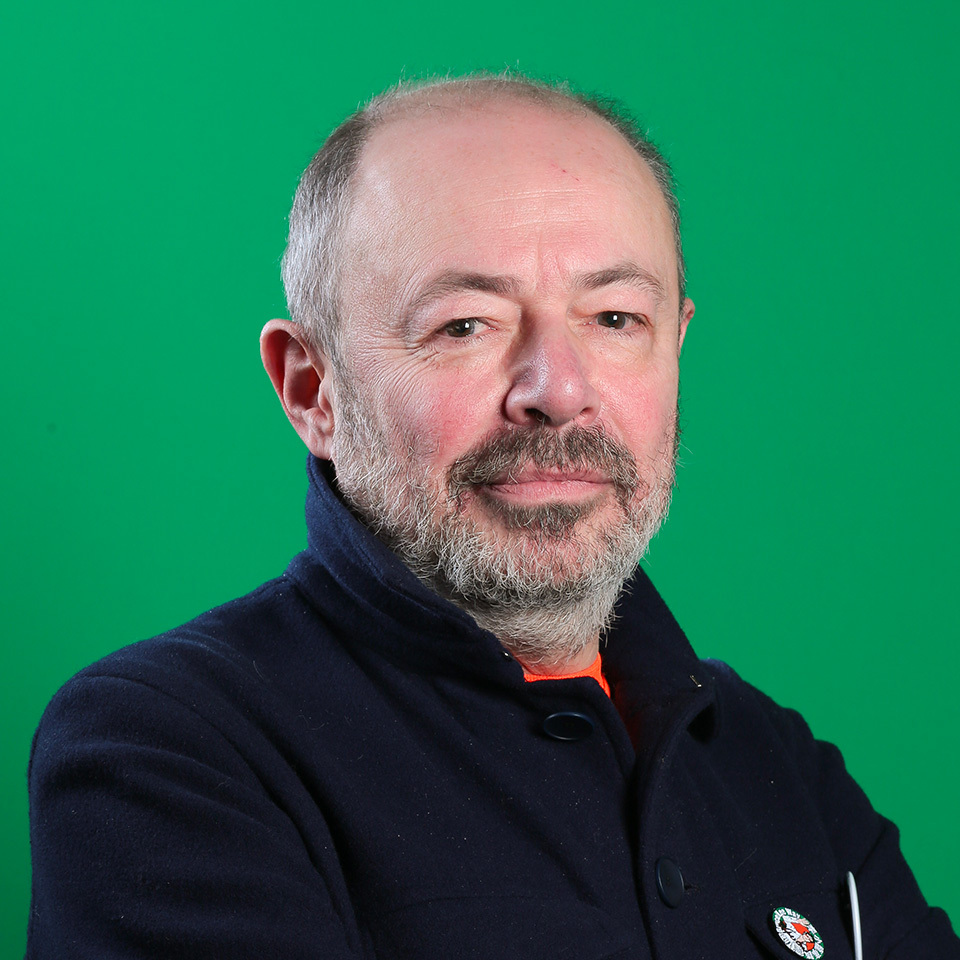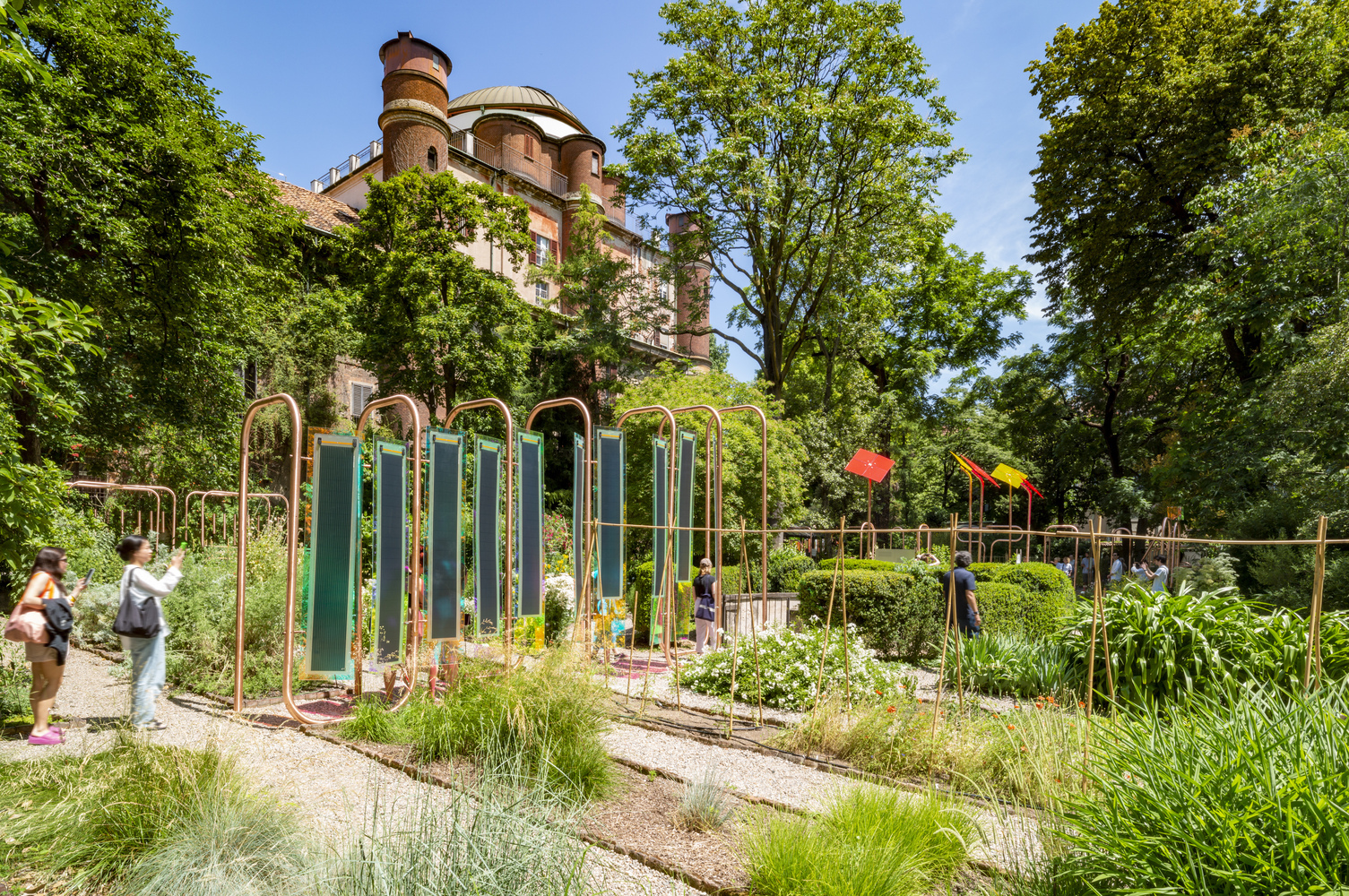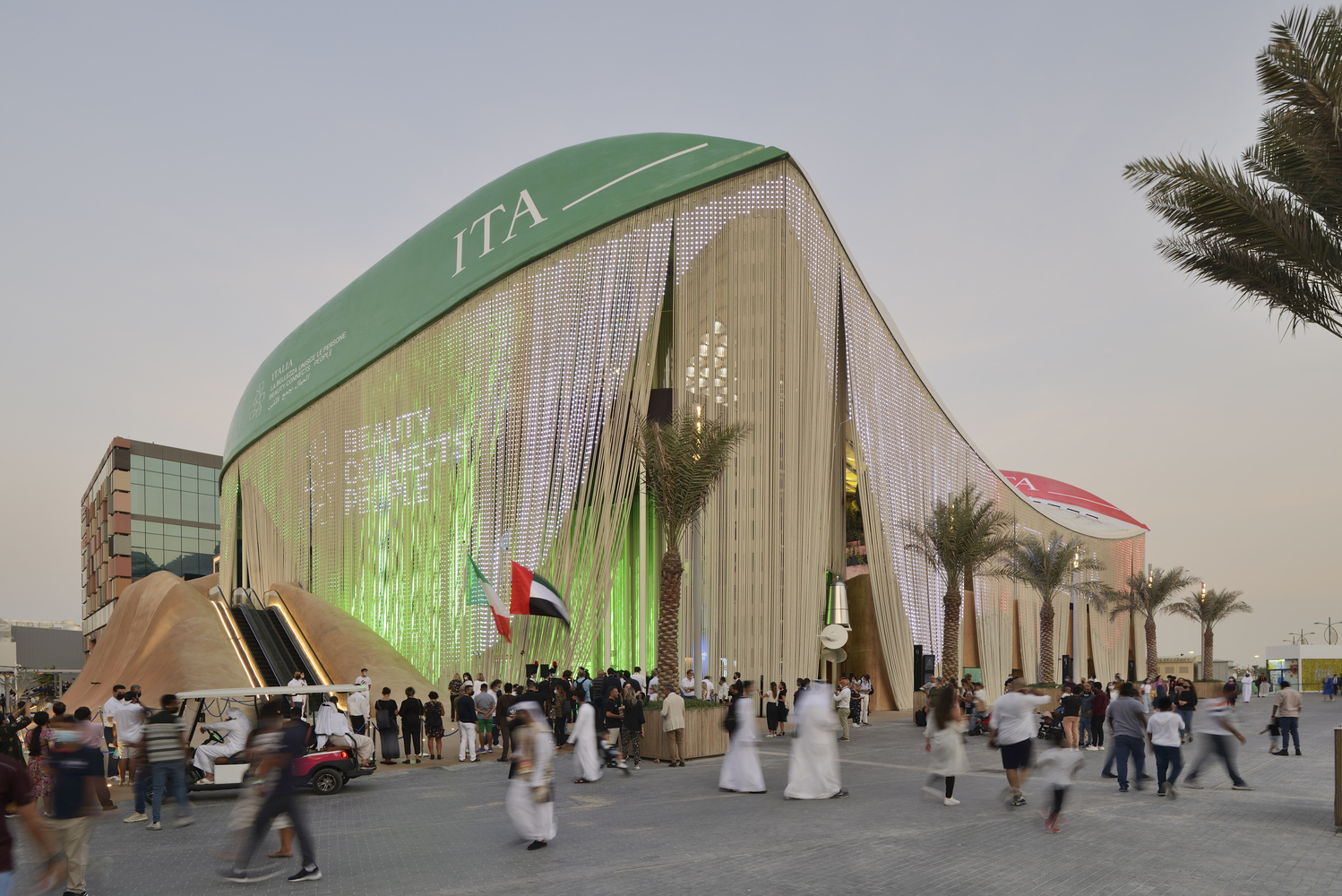Italo Rota, a Milan-born Italian architect, designer, and pioneer, died at the age of 70. Over the course of his career, Rota showed a remarkable ability to combine provocative concepts, frequently going against popular conventions with his avant-garde ideals. His company Italo Rota Building Office, which frequently worked with the Italian firm CRA-Carlo Ratti Associati, was involved in a number of high-profile projects, including as the concept for Rome’s bid to host the World Expo in 2030 and the design for the Italian Pavilion at Dubai Expo 2020.
Biography
Rota, who was born in Milan in 1953, completed his studies at Politecnico University of Milan and then worked in the studios of Vittorio Gregotti and Franco Albini. During his early years, he worked with architect Pierluigi Nicolin, with whom he co-founded the renowned magazine Lotus International, demonstrating his love of print media. His time in Paris at the beginning of the 1980s was crucial; he worked with the late Italian architect Gae Aulenti on projects including the renovation of the Musée d’Orsay’s interior.

After returning to Italy in 1995, he signed on to work on the project for Milan’s Museo del Novecento, demonstrating his persistent interest in the fusion of architecture and culture. The promenade of Palermo’s Foro Italico, which was awarded the Italian Gold Medal for Public Space in 2006, is another one of his notable creations. He kept broadening his scope of work by adopting fresh ideas for the urban and cultural landscape of the twentieth century.
During his distinguished career, Rota taught students at esteemed establishments including the New Academy of Fine Arts in Milan and the Ecole d’Architecture UP8 Paris-Belleville, imparting to them his vast knowledge and experience. Apart from that, he wrote for prestigious architecture journals and wrote Una storia elettrica (Quodlibet, 2014).
The varied body of work that makes up Italo Rota’s architectural legacy has had a long-lasting influence on the built and cultural environments. Rota’s designs may be found in numerous urban developments and cultural organisations, as well as the Museo del Novecento in Milan. They are a testament to his inventive approach and painstaking attention to detail. His contributions, which have their roots in Italian culture and ancestry, are still valued for their originality, inventiveness, and ability to subvert social norms.
Check out some Italo Rota’s work:



ARCHDAILY











